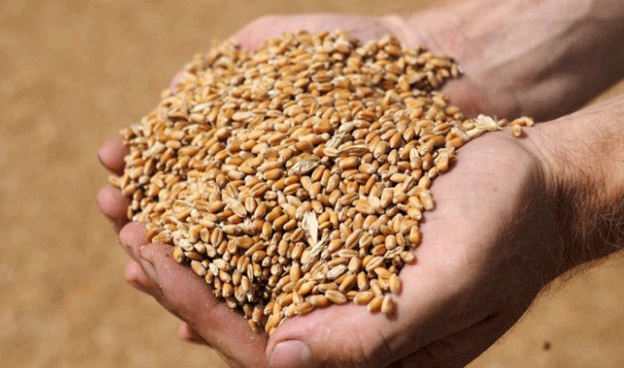In the ever-evolving landscape of global agriculture, Russian wheat exports are anticipated to reach significant levels by the close of September 2024. According to projections from the analytical center “Rusagrotrans,” total exports—including shipments to the Eurasian Economic Union (EAEU) countries—could hit a record 5.5 million tons. This potential rebound in exports comes on the heels of fluctuating market dynamics and offers a glimmer of hope for farmers and stakeholders in the agricultural sector.
Current Trends in Wheat Exports
- Projected Export Volumes:
The forecast for September 2024 indicates a sharp increase in Russian wheat exports, which are expected to match the record levels seen in September 2023. This growth reflects both a resurgence in demand and improved market conditions that could benefit agricultural producers. - Seasonal Context:
The projected total wheat export for the agricultural season spanning July 2023 to June 2024 stands at an impressive 54.1 million tons. This figure underscores the resilience of Russian agricultural producers amidst global market fluctuations and geopolitical challenges. - Demand from EAEU Countries:
A significant portion of the expected export increase can be attributed to heightened demand from EAEU member countries. As trade relationships solidify, these nations are likely to continue importing substantial amounts of Russian wheat, bolstering overall export figures. - Global Market Dynamics:
While Russian wheat exports are poised for growth, it is essential to consider the broader market dynamics. Factors such as international price trends, competition from other wheat-exporting countries, and geopolitical factors will influence the actual export volumes. Current market conditions show an increase in global wheat prices, which could further incentivize exports. - Implications for Farmers and Producers:
For farmers and agricultural producers, this forecasted increase represents an opportunity to enhance revenue streams. Understanding the market demands and potential price fluctuations will be crucial in making informed decisions about production and sales.
The forecast for Russian wheat exports to potentially reach 5.5 million tons by the end of September 2024 is a promising sign for the agricultural sector. As the global market adapts to various economic pressures, farmers and agronomists must stay attuned to these trends and leverage opportunities for growth. The anticipated demand, especially from EAEU countries, positions Russian wheat producers favorably in the international market, promising a fruitful season ahead.
Error




